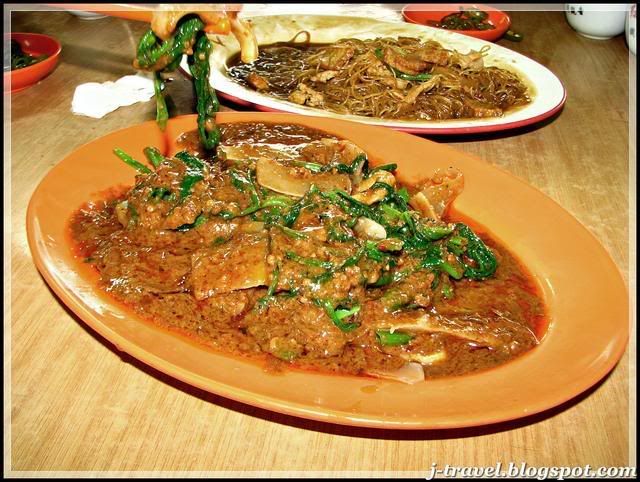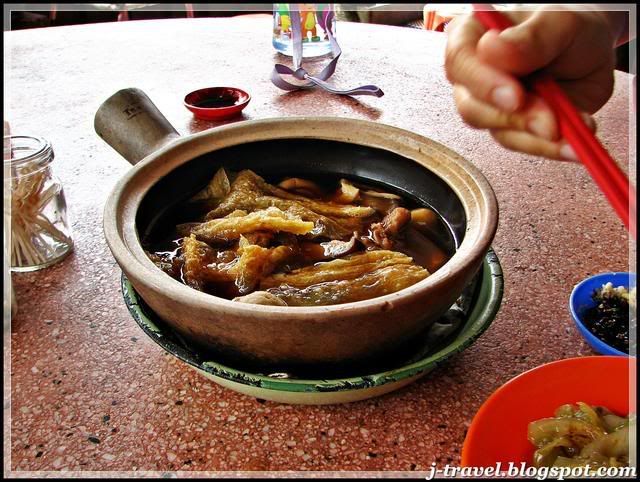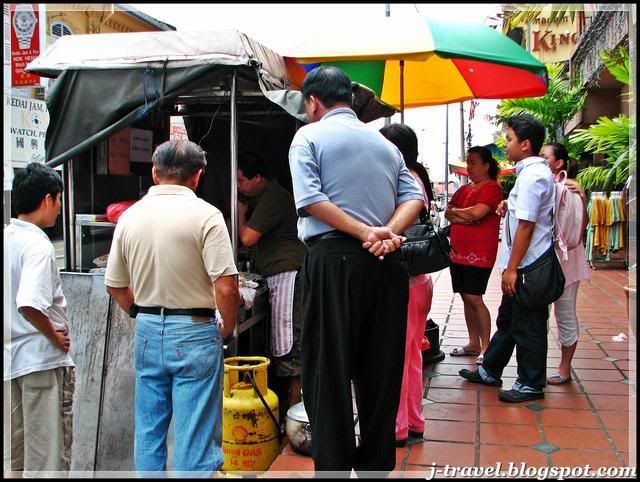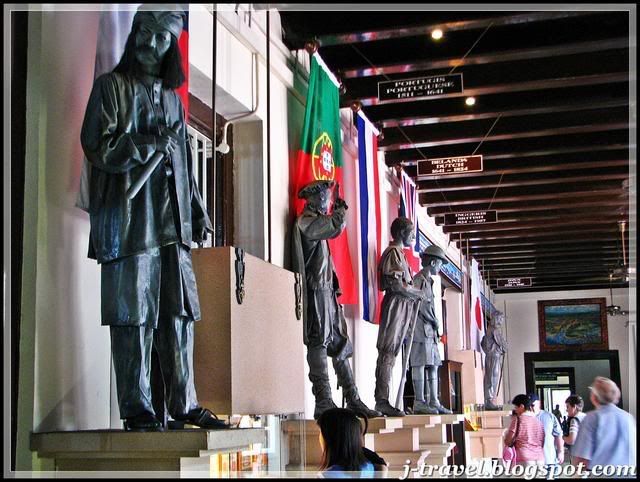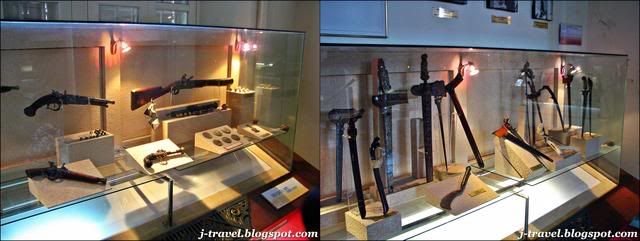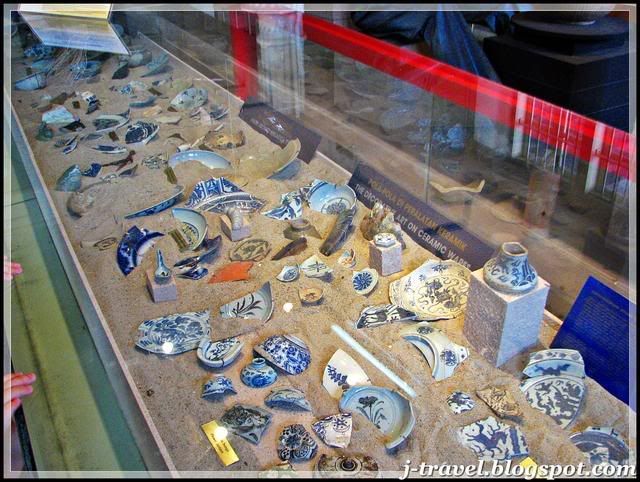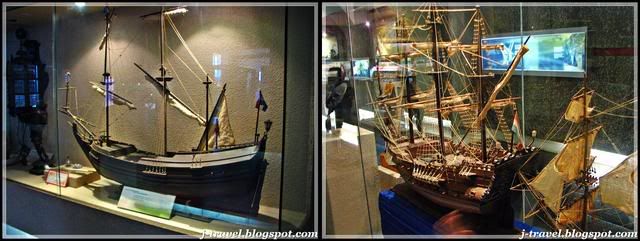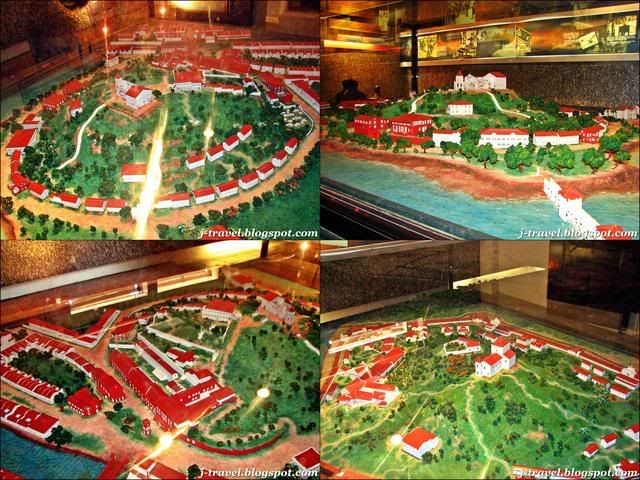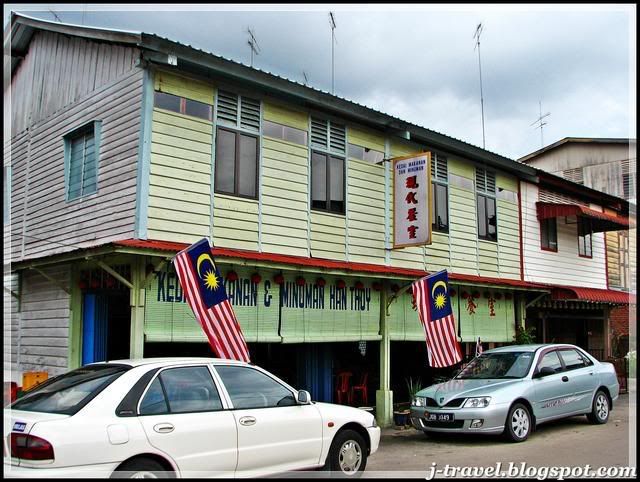 We had been here for few times, and this time I decided to share with all of you. The orders for our lunch :-
We had been here for few times, and this time I decided to share with all of you. The orders for our lunch :-1) Salty Shrimp (Signature dish)
2) Kang-kung mixed with Cuttlefish.
3) Steam Patin Fish
4) Stewed Vermicelli (side dish)
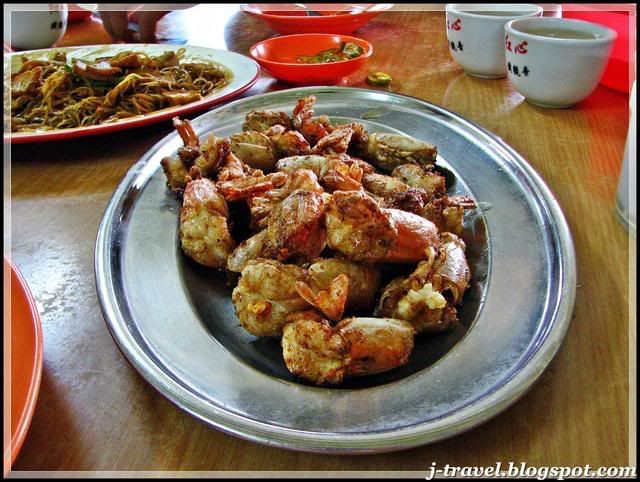 My favorite!! The Salty Shrimp - Main dish of the day!
My favorite!! The Salty Shrimp - Main dish of the day!It's also our purpose to the Han Thoy Restaurant.
The shrimps was Marvellous!! Fish was Fresh! Cuttlefish and the vermicelli were so-so.......
The damage for this lunch was MYR62.00 (reasonable prices) for 4 adults & one kid included drink.
I rated : 4/5.
View Larger Map - Map of Han Thoy Restaurant
Related post :-
* Foods of Bukit Gambir, Muar Johor.
* Restaurant Double Lim (Assam Fish), Muar.
* Leng Kee Bak Kut Teh, Muar, Johor
MY TRIPS - Home
